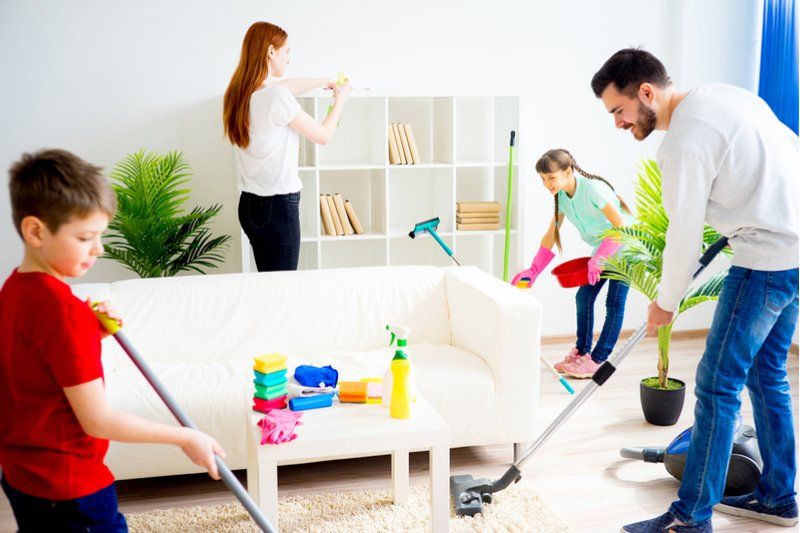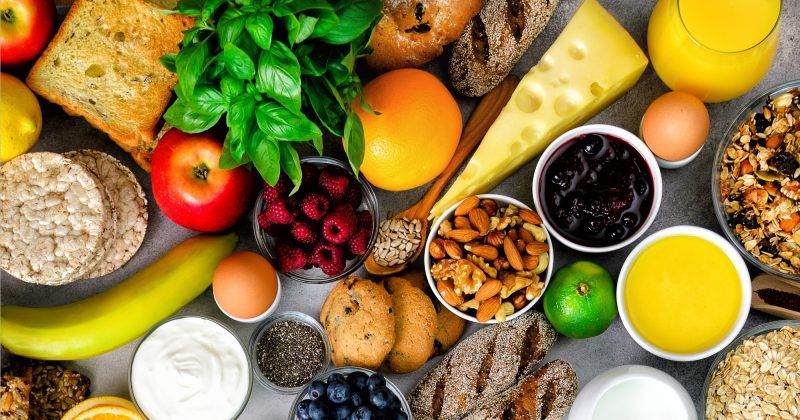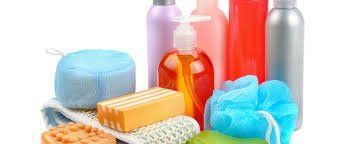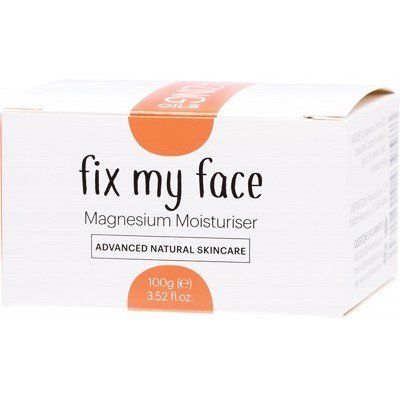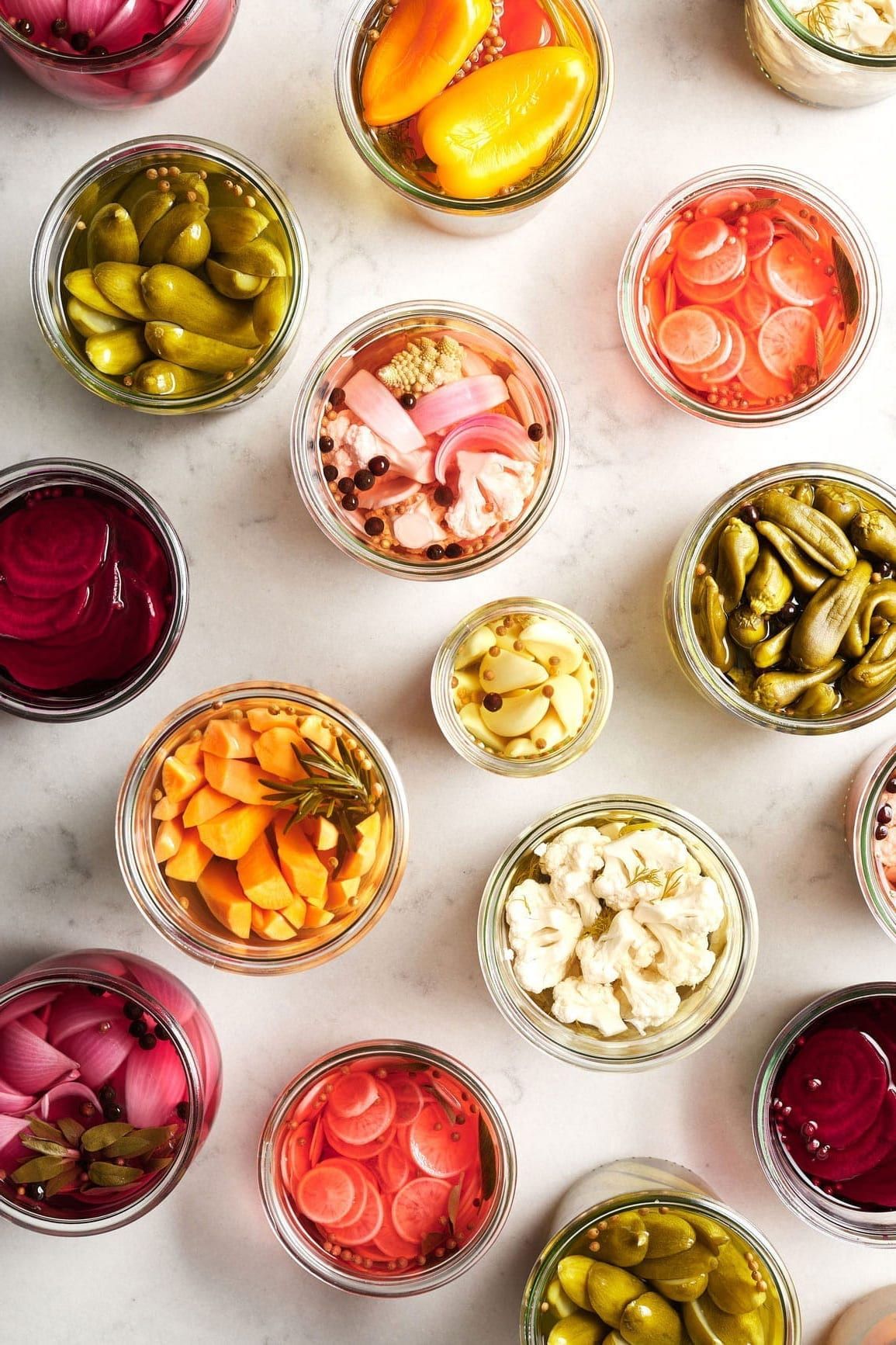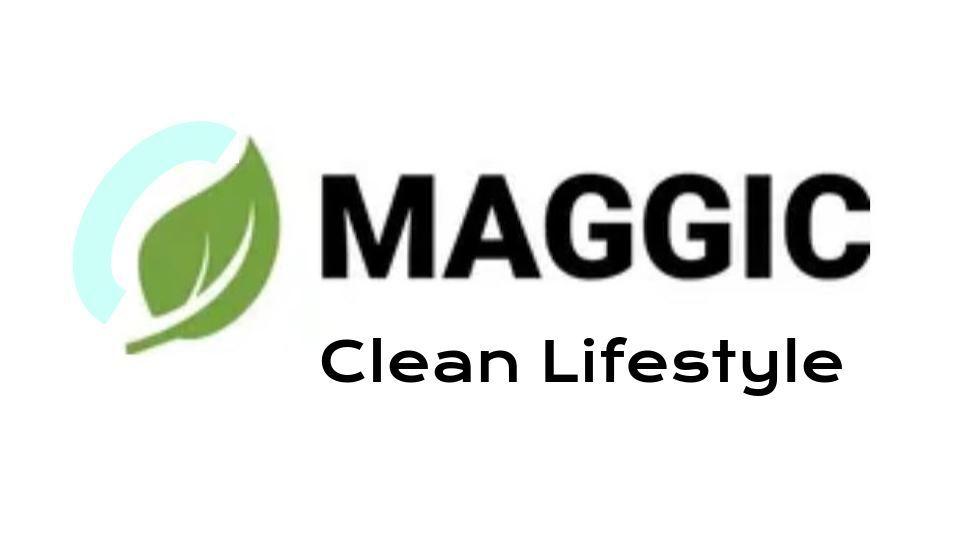Chemicals on the Skin
- By florian.glinserer
- •
- 23 Mar, 2019
- •
Contact Dermatitis
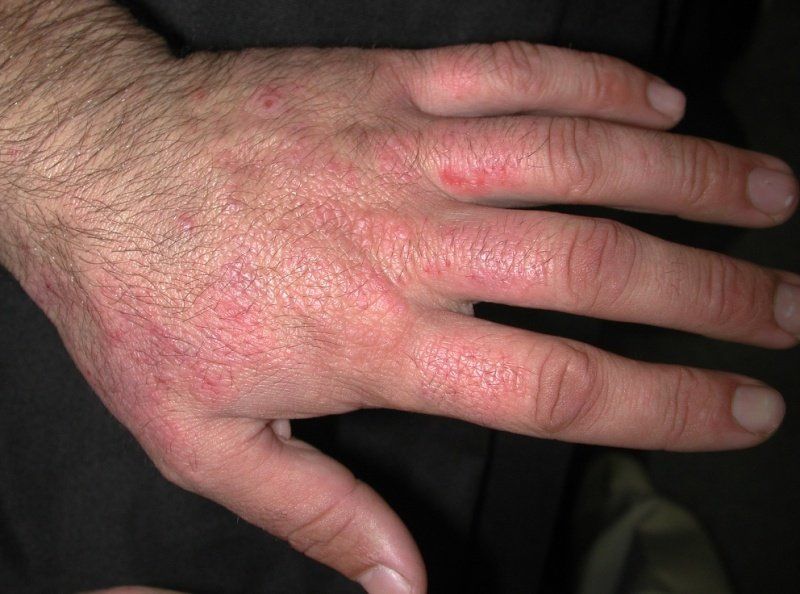
The simplest way for chemicals to enter the body is through direct contact with the skin or eyes. Skin contact with a chemical may result in a local reaction, such as a burn or rash, or absorption into the bloodstream.
Chemicals in the Workplace
Alcohol based hand sanitisers were predominantly reported by workers in the Health and community services industry as the main cause of contact dermatitis. Unlabelled and unidentified disinfectants were reported as the second most common cause of contact dermatitis.
Employees with casual or temporary working arrangments were reported as less likely to report the provision of labelling and warning signs and were also less likely to report the provision of chemical safety training.
Contact dermatitis is the most common occupational skin disease in westernised industrial countries. The most common form of work in westernised industrial countries is either casual or temporary.
There are two main types of contact dermatitis. Irritant contact dermatitis, caused by acute dermal exposure to strongly acidic or alkaline substances, or by the cumulative effect of ongoing dermal exposure to substances such as soap and water. Allergic contact dermatitis, caused by sensitisers contacting the skin and eliciting a Type IV immune response (typically delayed, 4-24 hours following contact), and is detected by patch testing (Nixon & Frowen 2005).
Simple prevention methods are:
Chemicals in the home
The same chemicals appear in the home and are often over used and cause the same types of contact dermatitis exposure symptoms. The chemical exposure directly to your skin should be monitored if not avoided. Use milder detergents, disinfectants and soaps to prevent contact dermatitis symptoms.
Signs and symptoms of contact dermatitis include:
The first steps to relieving the symptoms of contact dermatitis is to simply wash with mild soap and luke warm water to remove the irritant. See you doctor for advice and try using lower irritant chemcials in your home and workplace.
Conclusion
Alcohol based rubs are highly irritant to most people and are the main cause of contact dermatitis. They really should be avoided. Use non-alcohol based sanitisers, mild soaps, detergents and disinfectants on your skin and in your home and workplace to avoid contact dermatitis. When unable to avoid contact with harsh chemicals ensure you use gloves, wear protective clothing, read the labelling and warning signs. Use washing facilities immediately after exposure and get some training. The first steps to relieving the symptoms of contact dermatitis is to simply wash with mild soap and luke warm water to remove the irritant. See you doctor for advice and start using lower irritant chemcials in your home and workplace.
Chemicals in the Workplace
Alcohol based hand sanitisers were predominantly reported by workers in the Health and community services industry as the main cause of contact dermatitis. Unlabelled and unidentified disinfectants were reported as the second most common cause of contact dermatitis.
Employees with casual or temporary working arrangments were reported as less likely to report the provision of labelling and warning signs and were also less likely to report the provision of chemical safety training.
Contact dermatitis is the most common occupational skin disease in westernised industrial countries. The most common form of work in westernised industrial countries is either casual or temporary.
There are two main types of contact dermatitis. Irritant contact dermatitis, caused by acute dermal exposure to strongly acidic or alkaline substances, or by the cumulative effect of ongoing dermal exposure to substances such as soap and water. Allergic contact dermatitis, caused by sensitisers contacting the skin and eliciting a Type IV immune response (typically delayed, 4-24 hours following contact), and is detected by patch testing (Nixon & Frowen 2005).
Simple prevention methods are:
- provide gloves
- provide protective clothing
- provide labelling and warning signs
- provide washing facilities
- provide training
Chemicals in the home
The same chemicals appear in the home and are often over used and cause the same types of contact dermatitis exposure symptoms. The chemical exposure directly to your skin should be monitored if not avoided. Use milder detergents, disinfectants and soaps to prevent contact dermatitis symptoms.
Signs and symptoms of contact dermatitis include:
- A red rash.
- Itching, which may be severe.
- Dry, cracked, scaly skin.
- Bumps and blisters, sometimes with oozing and crusting.
- Swelling, burning or tenderness.
Conclusion
Alcohol based rubs are highly irritant to most people and are the main cause of contact dermatitis. They really should be avoided. Use non-alcohol based sanitisers, mild soaps, detergents and disinfectants on your skin and in your home and workplace to avoid contact dermatitis. When unable to avoid contact with harsh chemicals ensure you use gloves, wear protective clothing, read the labelling and warning signs. Use washing facilities immediately after exposure and get some training. The first steps to relieving the symptoms of contact dermatitis is to simply wash with mild soap and luke warm water to remove the irritant. See you doctor for advice and start using lower irritant chemcials in your home and workplace.























